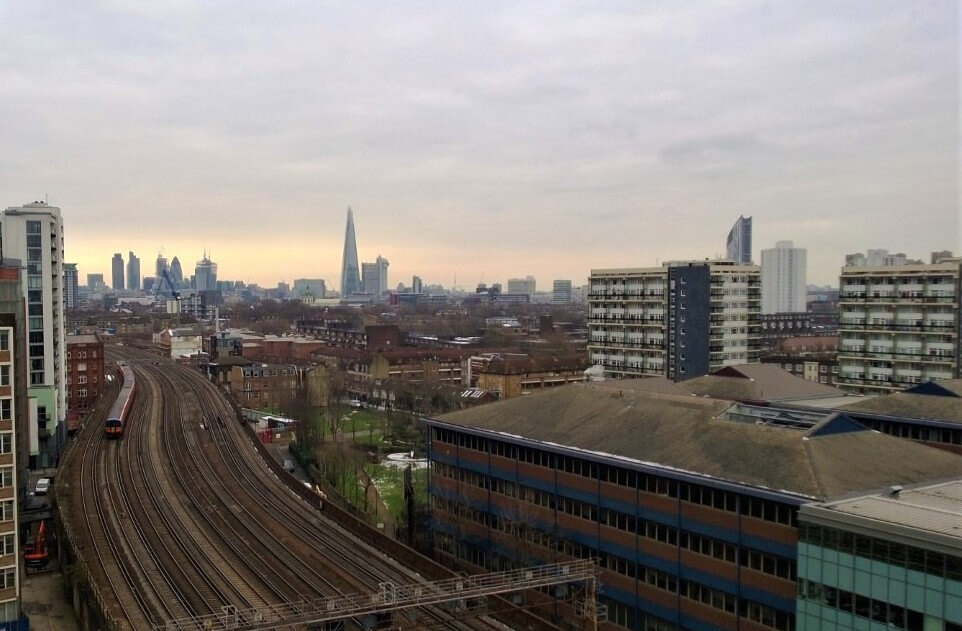External noise from existing sources will affect a building when it is complete. Excessive noise can create health issues in people, with potential effects on mental health and on cardiovascular health, for example. It is therefore important to control noise as best as possible, to prevent harm to occupants.
For instance, if a building is proposed to be built next to a motorway, the effect of noise on the occupants must be considered. When the future internal noise levels are understood, ways to control that noise can be designed. BS 8233 provides criteria for the assessment of new residential developments.
Conversely, too little noise can also be a problem in some cases. In offices, too little noise can mean that conversations can be understood between rooms. This then affects acoustic privacy, which the standard also addresses.

